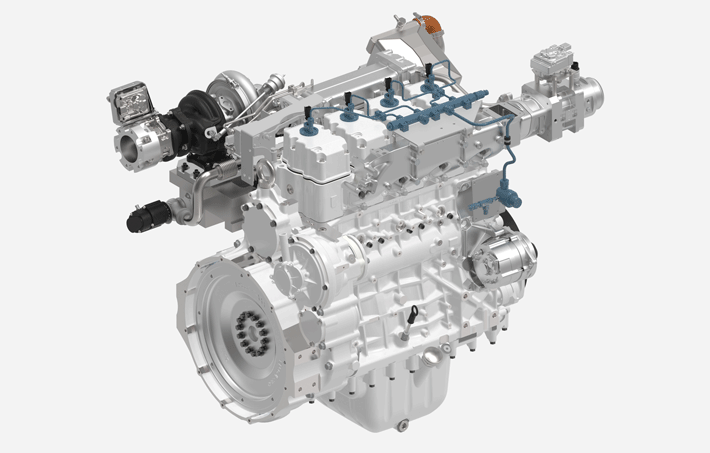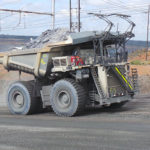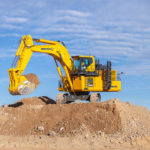Prioritizing decarbonization is, without doubt, one that most countries agree with almost pure unanimity. Here, in the U.S., the Biden administration has a goal to eliminate carbons from the electric grid system by 2035. Globally, most countries are on similar timelines.
But, looking ahead to 2050, there doesn’t seem to be a clear path forward to rapidly decrease our emissions of CO2, said Theodore Krause, Chemical Engineer and Theme Leader for Catalysis and Energy Conversion in the Chemical Sciences and Engineering Division at Argonne National Laboratory. Krause spoke at this year’s NFPA Annual Meeting in February.

“It’s really, really a challenge when you look at what has to be done to get to a zero-carbon economy by 2050. Trying to decarbonize the grid by 2025 is going to be a major challenge, trying to decarbonize the whole economy by 2050 is going to be a major challenge,” Krause said, in this talk about the use of hydrogen fuel cells.
Krause shared data on how hydrogen fuel cells are seeing more use in common applications, such as see automotive, heavy truck and bus, rail, marine, and more. And notably, in his application examples of mobile machinery enabled with fuel-cell technology, hydraulics can still play a huge part.
Major manufacturers are paying attention. Caterpillar Inc. announced last month that it was partnering with the Minnesota-based District Energy St. Paul on a three-year project to demonstrate a hydrogen-fueled combined heat and power (CHP) system. The project is supported and partially funded by the U.S. Department of Energy and backed by the National Renewable Energy Laboratory.
Although not a mobile machine project, this one builds on Caterpillar’s 35 years of experience with high-hydrogen fuel and is scheduled to start early next year. The company currently offers a 1250-kW Cat generator set capable of operating on 100% hydrogen, including fully renewable green hydrogen, as well as commercially available power generation solutions from 400 kW to 4.5 MW that can be configured to operate on natural gas blended with up to 25% hydrogen.
“Caterpillar is focused on supporting our customers with reliable, sustainable power solutions,” said Joe Creed, Caterpillar group president of Energy and Transportation. “This hydrogen demonstration project will enable us to evaluate additional hydrogen fuel options for an existing energy-efficient engine, providing even more possibilities for helping our customers meet their climate-related goals and objectives.”
And last October, Liebherr Machines Bulle SA announced early trial results using MAHLE Jet Ignition (MJI) in the development of hydrogen-fueled internal combustion engines. It proved to be a successful ignition source for hydrogen without the need to reduce compression ratios, unlocking the potential of hydrogen as a carbon-neutral fuel for the heavy-duty engine sector.
“The use of hydrogen as a combustion fuel has the potential for rapid de-carbonization of many heavy-duty and off-road sectors,” said Mike Bunce, Head of Research for MAHLE Powertrain US. “A wealth of research over the past few decades has confirmed the compatibility of hydrogen with internal combustion engines. The challenge has been to get it to run with stable combustion without resorting to reductions in compression ratios to avoid engine knock and pre-ignition. Our common work with Liebherr suggests we have the answer.”
“It’s really the global market that’s driving the hydrogen economy. If you look at the shipment of fuel cells, you can see it’s constantly growing. In 2019 for the first time, it exceeded one gigawatt sales shipments,” Krause said. “Studies show that, if they could come to attain what they’re projecting, that hydrogen could reduce global emissions by 10 to 25% and provide revenues of $2.5 trillion by 2050.”
Krause indicated that fuel cells come out ahead of electric batteries in terms of cost and energy storage, and offer higher efficiency in agriculture, construction, and mining machinery — anywhere from 16 to 26% higher efficiency was seen with fuel cell studies than the diesel engine when operating at the power rated over the operational cycle.





